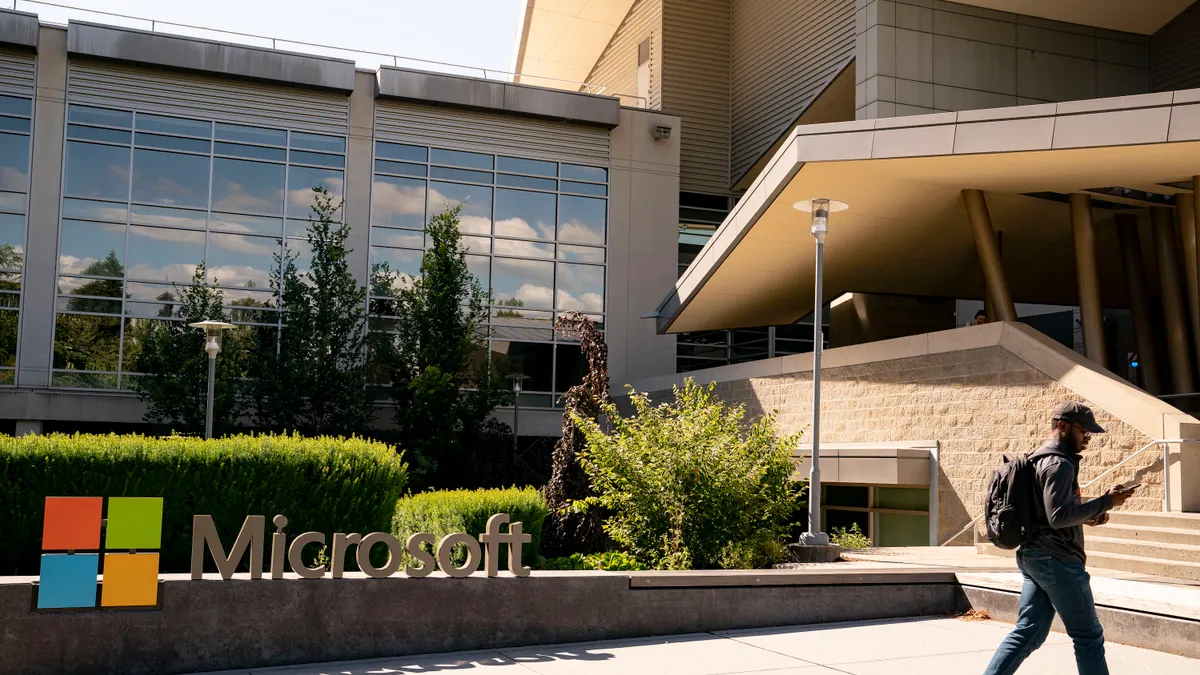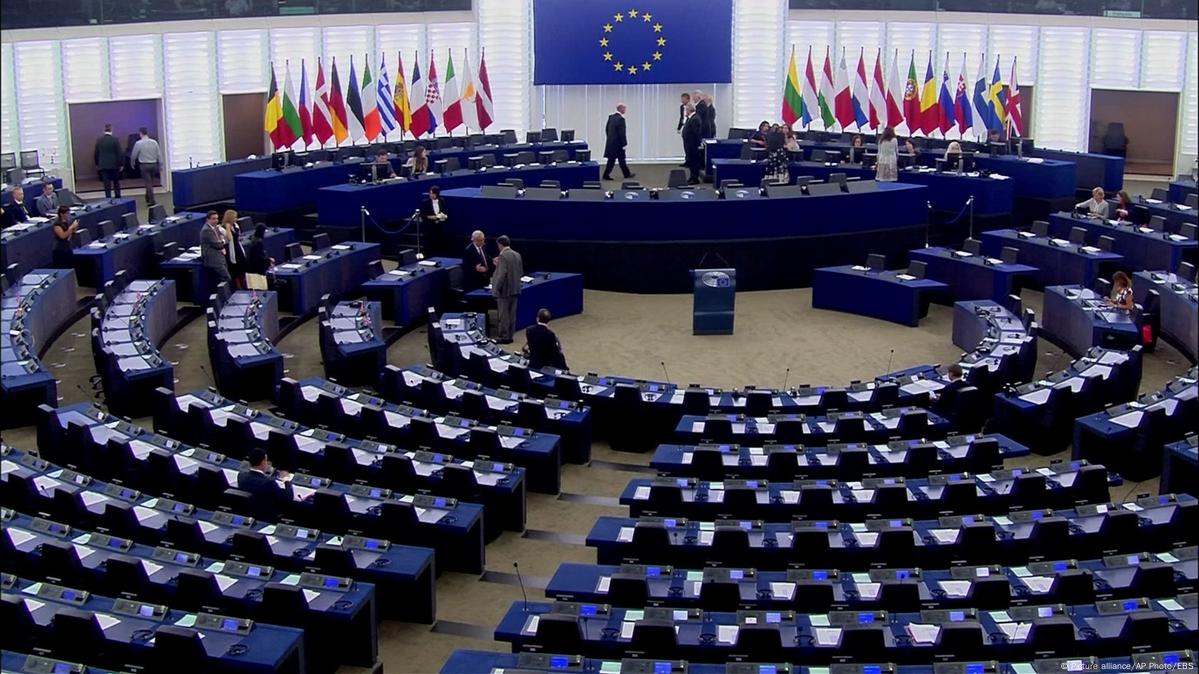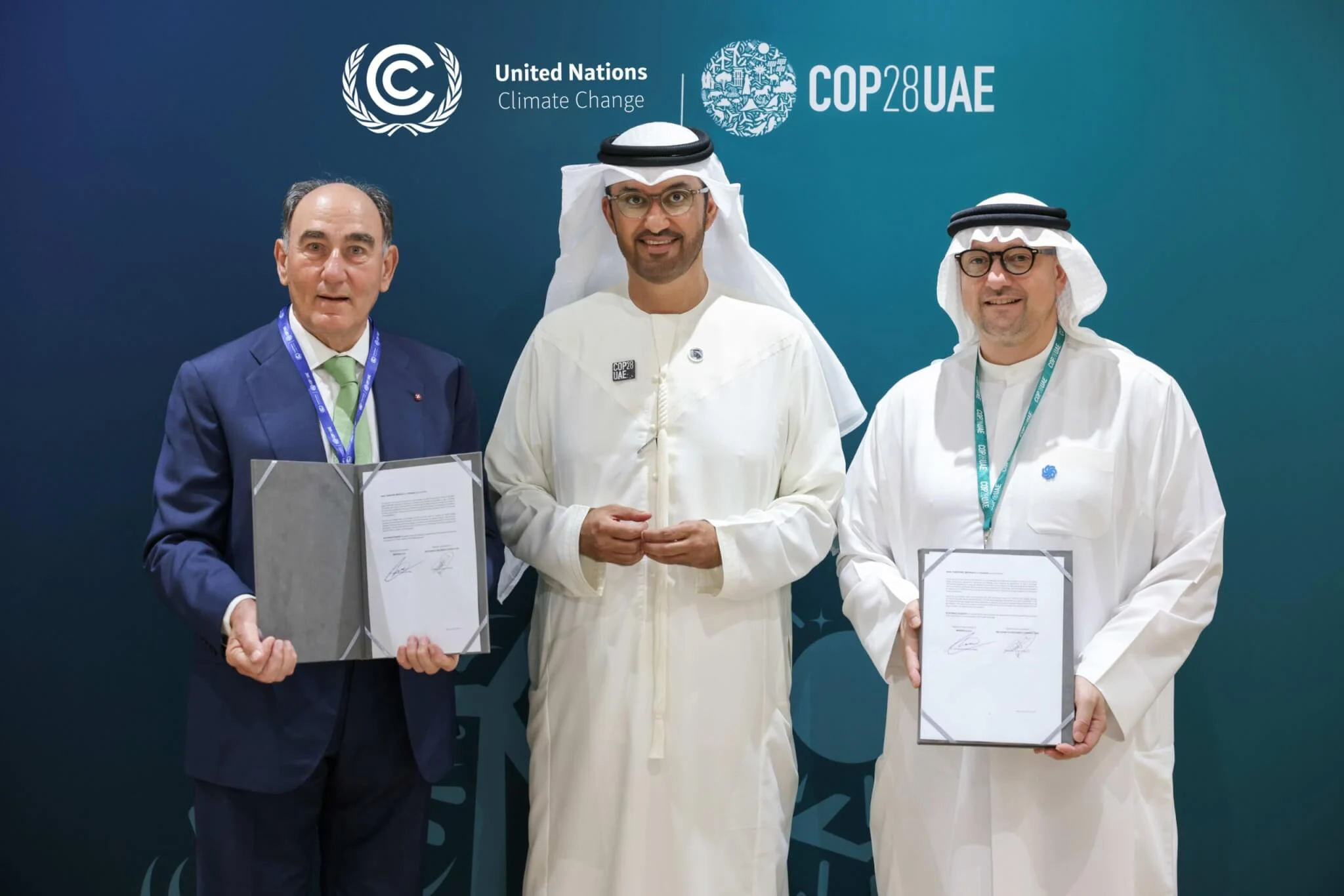Biden-Harris Administration Launches $2.6 Billion Funding Programs To Slash Carbon Emissions

Two Bipartisan Infrastructure Law Programs Will Decarbonize Power Generation and Heavy Industries, Create Regional Transport Networks for Captured CO2 Emissions
The Biden-Harris Administration, through the U.S. Department of Energy (DOE), today issued Notices of Intent to fund two programs that will advance carbon capture demonstration projects and expand regional pipeline networks to transport carbon dioxide (CO2) for permanent geologic storage or for conversion into valued end uses, such as construction materials. The two programs – the Carbon Capture Demonstration Projects Program and the Carbon Dioxide Transport/Front-End Engineering Design (FEED) Program – are funded by a more than $2.6 billion investment from President Biden’s Bipartisan Infrastructure Law. Together, the programs build on the Administration’s recent actions to catalyze investments in clean energy and industrial innovation and advance President Biden’s goal of a net-zero greenhouse gas emissions economy by 2050—creating good paying jobs and economic opportunity. The investments also support the Justice40 Initiative, and DOE continues to prioritize engaging with environmental justice communities to ensure that equity is at the center of reaching our climate goals.
“To meet President Biden’s climate goals, we have to rapidly decarbonize our power generation and heavy industries – such as steel production – that are essential to the clean energy transition,” said U.S. Secretary of Energy Jennifer M. Granholm. “The Bipartisan Infrastructure Law enables DOE to invest in carbon capture, conversion and storage technologies that play essential roles in the development and deployment of clean energy.”
Greenhouse gas emissions, of which CO2 is the primary component, have risen dramatically over the past several decades. Greenhouse gases fuel climate change, increasing the risk of droughts and floods, and putting our agriculture, health, and water supply at risk. These programs will enable the capture, transport, and permanent storage of greenhouse gas emissions to help mitigate the impacts of climate change on communities. They will also benefit communities across the nation by creating good-paying jobs and improving air quality.
Carbon Capture Demonstration Projects Program Notice of Intent
The $2.54 billion Carbon Capture Demonstration Projects Program will focus on integrated carbon capture, transport, and storage technologies and infrastructure that can be readily replicated and deployed at fossil energy power plants and major industrial sources of CO2, such as cement, pulp and paper, iron and steel, and certain types of chemical production facilities.
Selected projects will address technical, environmental, permitting, and financing challenges for commercial deployment. Projects will be advanced in multiple phases with a competitive down-selection between Phase 1 and Phase 2. In the first phase, front-end engineering design studies will be completed in parallel with National Environmental Policy Act and other permitting compliance. Phases 2-4 call for the detailed design, construction, and operation of six facilities using integrated carbon capture and storage demonstration systems. These demonstration systems will be required to meet specific project goals including the demonstration of at least 95% carbon capture efficiency and verification of secure geologic carbon storage.
More information on the Carbon Capture Demonstration Projects Notice of Intent can be found here. A funding opportunity announcement (FOA) will follow in the coming months.
See related article: Southwest Airlines Invests in Sustainable Aviation Fuel Pilot Project Supported by the Department of Energy
Carbon Dioxide Transport/Front-End Engineering Design Program Notice of Intent
The $100 million Carbon Dioxide Transport/Front-End Engineering Design Program will design regional carbon dioxide pipeline systems to safely transport CO2 from key sources to centralized locations. Projects will expand DOE’s knowledge of carbon transport costs, transport network configurations, and technical and commercial considerations to support the country’s broader efforts to develop and deploy carbon capture and carbon dioxide removal technologies, carbon conversion, and storage at fully-commercial scale.
DOE is also working closely with the U.S. Department of Transportation’s Pipeline and Hazardous Materials Safety Administration to incorporate their safety guidance into DOE’s research, development, demonstration, and deployment portfolio for CO2 pipelines. To read DOE’s statement of support for the new CO2 pipeline safety measures recently announced by the U.S. Department of Transportation, click here.
More information on the Carbon Dioxide Transport/Front-End Engineering Design Program Notice of Intent can be found here.
DOE Launches New Carbon Management Tools
In support of the Biden Administration’s overall efforts to advance technologies to reduce carbon emissions and other environmental impacts of fossil fuel production and use, DOE’s Office of Fossil Energy and Carbon Management (FECM) has also launched two new interactive tools to assist with advancing carbon management technologies and infrastructure in the United States:
- Carbon Matchmaker Tool – An online information resource designed to increase awareness of carbon management funding opportunities; support private sector development of carbon capture, storage, and transportation infrastructure and carbon dioxide removal pathways; and facilitate regional business development opportunities and education.
- Carbon Management Interactive Diagram – An online tool that highlights carbon management programs in the Bipartisan Infrastructure Law and through other DOE funding opportunities and educates users about resources that fall under each program.
These new tools will help provide the carbon management resources necessary to furthering DOE’s goals of reducing greenhouse gas emissions as the nation transitions to a clean energy future.
Source: Department of Energy









